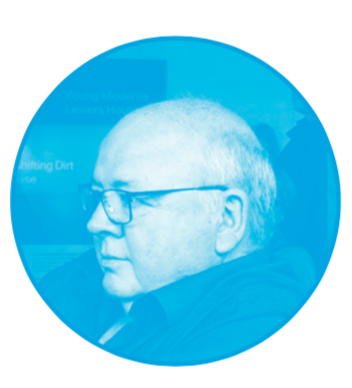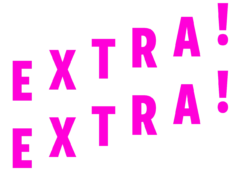by Ian Milliss

Ian Milliss is an artist who worked on Wrapped Coast.
One of our principal objectives in producing this newspaper has been to present context, hence the name EXTRA!EXTRA!.
But there are many different types of context.
In this issue Juundaal Strang Yettica continues her reflections on how projects can be read from an indigenous viewpoint. She sees Jonathan Jones’ Project 32 barrangal dyara (skin and bones) (2016) as a major turning point in Kaldor Public Art Projects. The ethical processes underpinning Jones’ work should lead to an acceptance that all Australian cultural activity happens on Aboriginal Land. Strang Yettica hopes this will grow respect for Country and traditional protocols, and guidelines about how artists, especially land artists, should behave in relation to the Land. So do we.
In a wide-ranging survey of contemporary media coverage of Wrapped Coast (1969) Wendy Bacon uncovers the sad reality of the media’s treatment of Aboriginal interests at the time. Some art critics welcomed Wrapped Coast even though the media at first treated it like a joke, then became increasingly respectful. However, the only mentions of the traditional owners in the nearby area of La Perouse were racist and without any consideration that they might have a legitimate interest in the area.
These two KPAP projects show that there has been progress in public attitudes even if there is still a long way to go. The fact that barrangal dyara (skin and bones) was the first Kaldor Public Art Projects commission by an Australian artist is a tribute to the way that the organisation, like all good art, has continued to learn from evolving ethical relations in contemporary society.
Malcolm Whittaker’s article on the precarious nature of being an artist labouring in the art world’s gig economy also captures the spirit of our times. A continuing position of this newspaper has been that the collapse of the advertising base in mainstream journalism has pushed journalists into a freelance gig economy. This new economy resembles the precarious employment structures that have always existed in the art world. Regular employment is increasingly for the few, while the rest make do as best they can.
Malcolm reflects on the shared problems of different art ventures, from the Cementa festival in Kandos, to this newspaper, to the AGNSW. We thank KPAP for agreeing to the publication of various details about the administration of the Tino Sehgal piece that would normally be regarded as confidential. We feel that this transparency should be shown by all organisations operating in the artworld.
